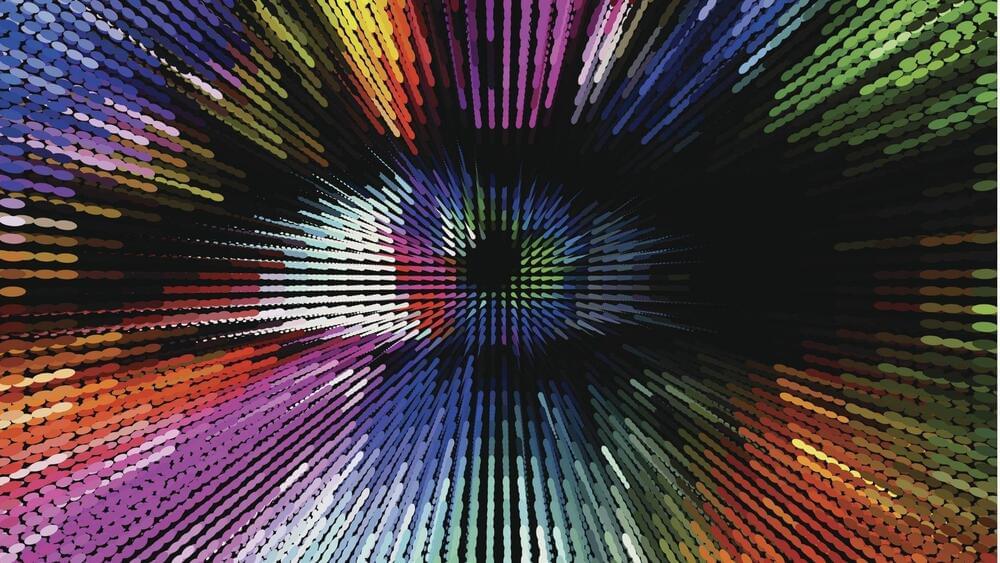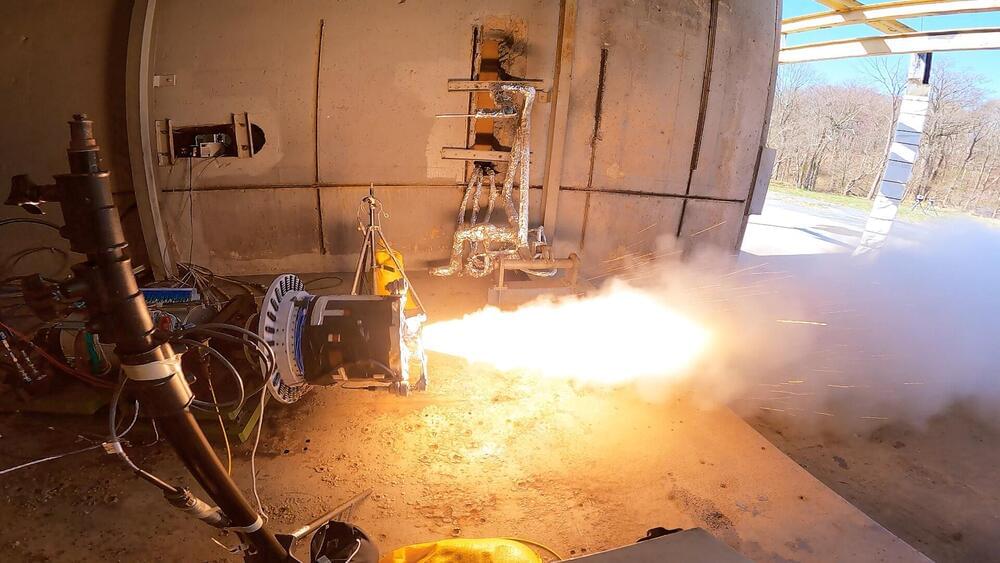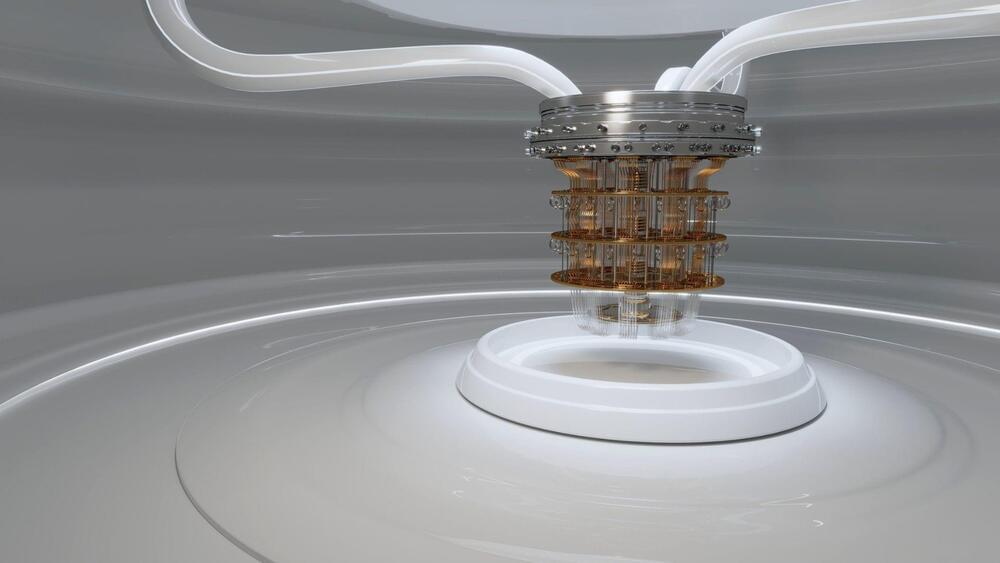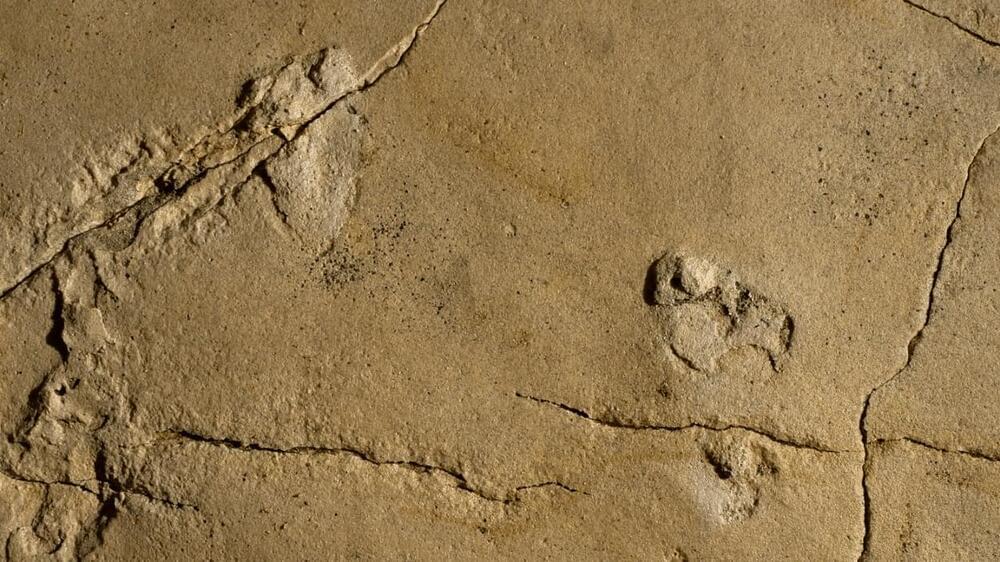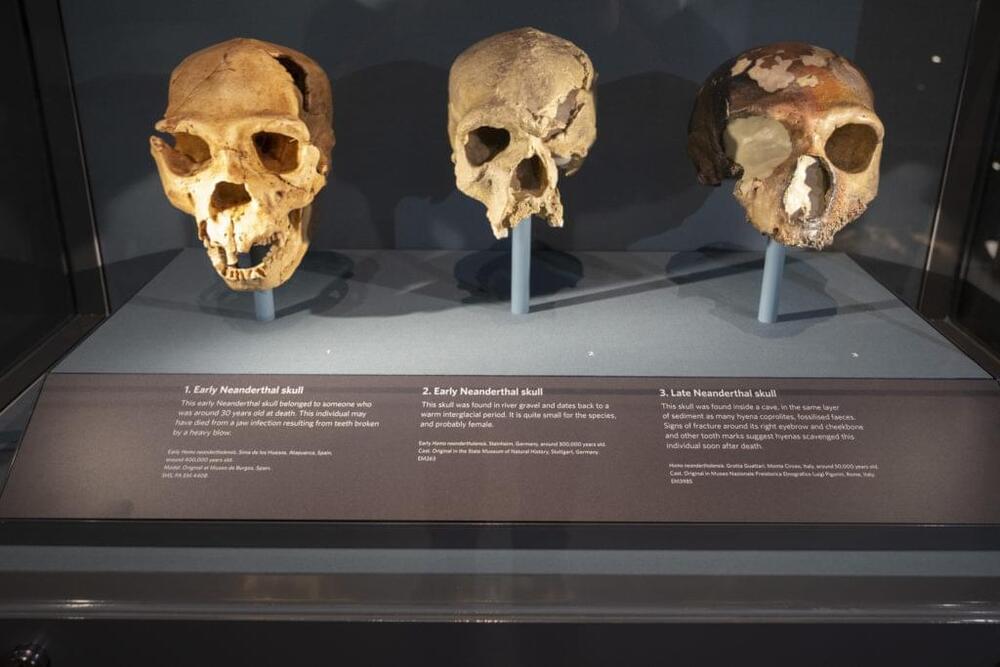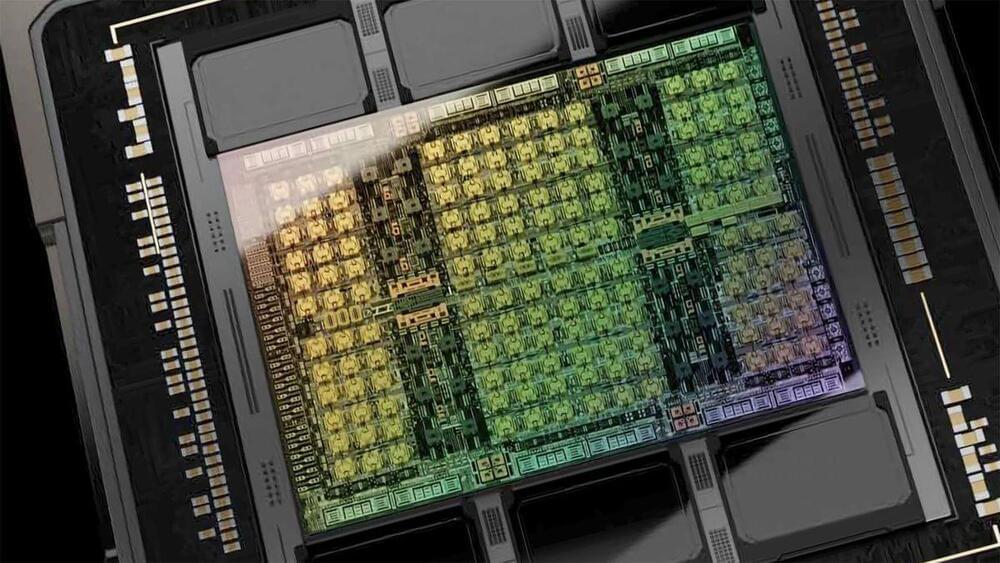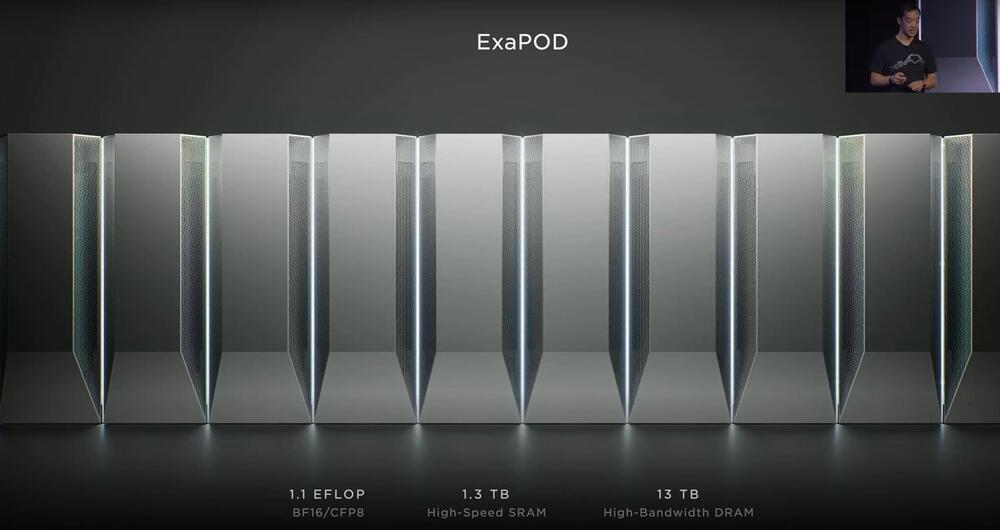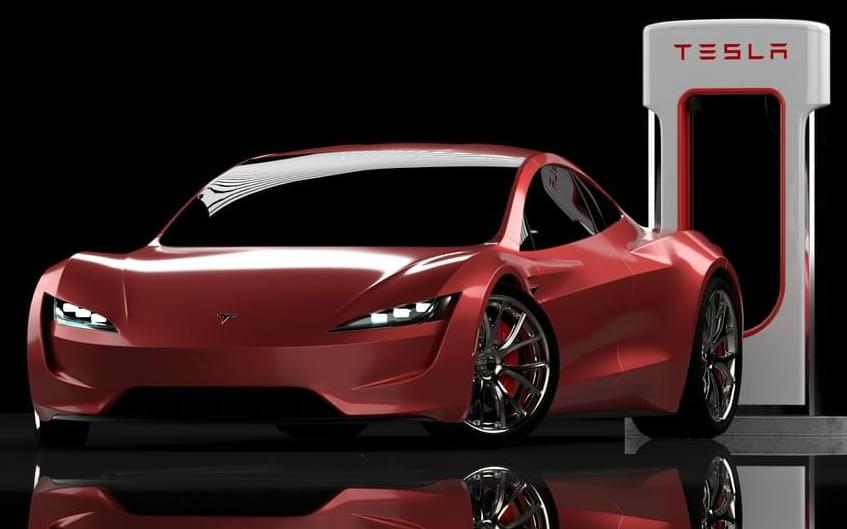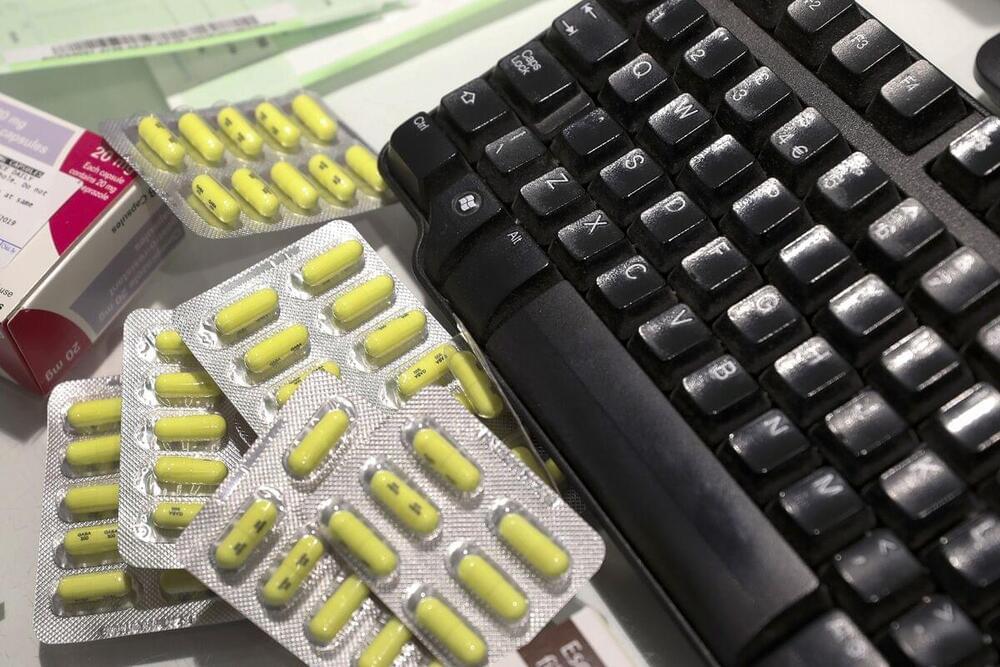A color-changing system inspired by the wings of butterflies can also help scientists provide compound eye vision to robots, but why do scientists want robots to see like insects?
Would you like to try a T-shirt whose color changes with the weather? How about a bandage that alerts you by changing its color when an infection occurs at the site of an injury?
Researchers at the University of Hong Kong have developed a material to turn such ideas into a reality. They have created a rubber-like color-changing system called Morphable Concavity Array (MoCA).
